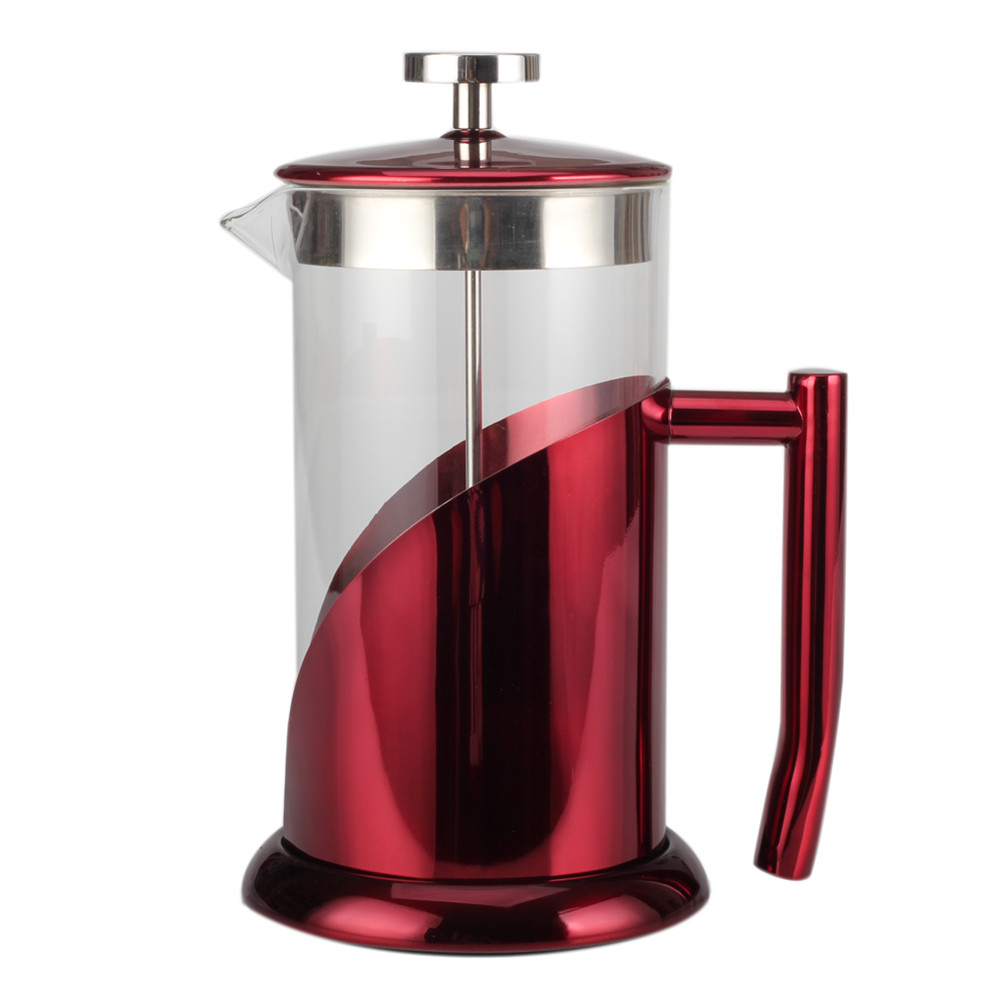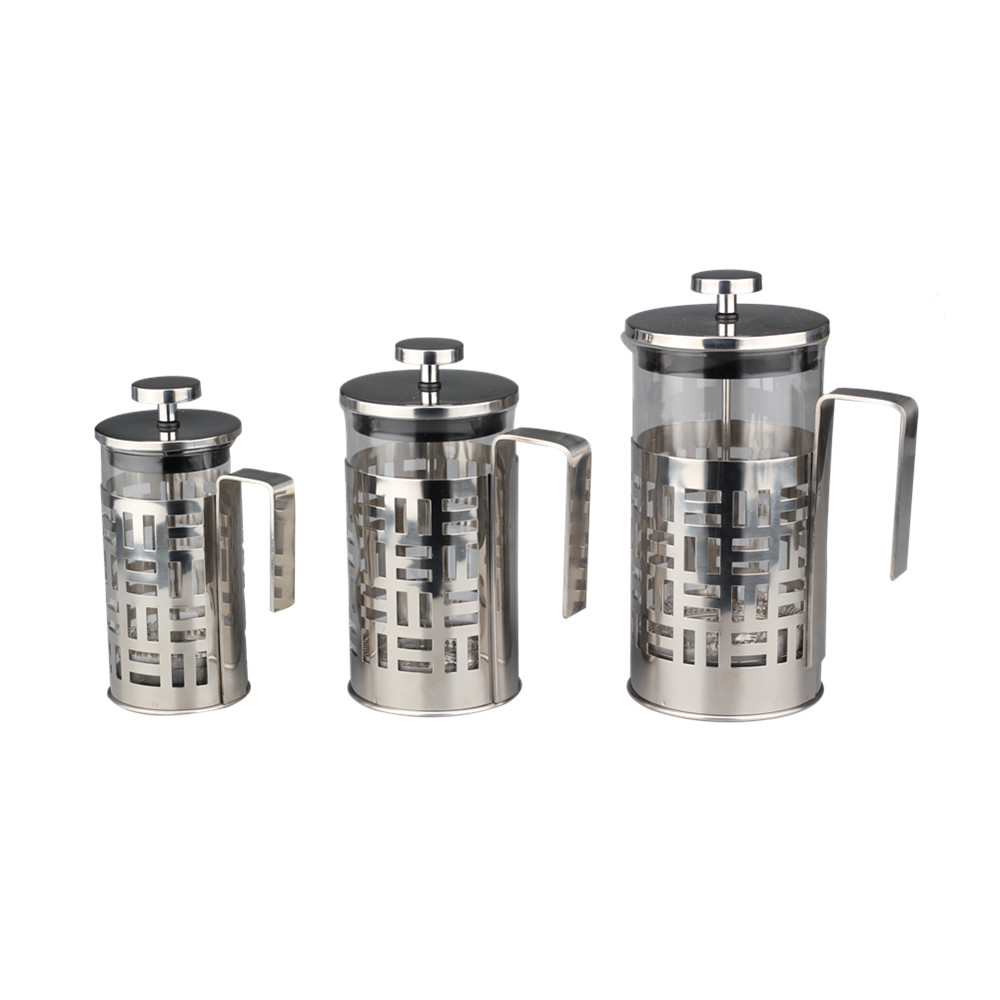Temperature measuring instruments commonly used in the industry are divided into two categories: non-contact temperature measuring instruments (eg, radiant, infrared). Contact temperature measuring instruments (such as: expansion, pressure, thermocouple, thermal resistance).
Since industrial thermal resistance and industrial thermocouples are widely used, they are mostly used in automatic interlock control systems. Here, the common fault handling methods for temperature detection instruments in use are introduced below.
I. Industrial Thermal Resistance Industrial thermal resistance is based on the fact that the resistance value of metal increases with increasing temperature to measure temperature. Zui is commonly made of metal platinum and copper, with index numbers Pt100, Pt10, Pt50 (temperature range -200 ~ 850 °C), Cu50, Cu100 (temperature range -50 ~ 150 °C).
Industrial RTD temperature measurement systems are generally composed of industrial thermal resistance, connecting wires and display instruments. The industrial thermal resistance and the display instrument must have the same index number. In order to eliminate the influence of the change of the resistance of the connecting wire on the temperature measurement, the three-wire connection method must be adopted.
Common causes of failure of industrial thermal resistance and treatment methods:
A common fault in industrial RTDs is industrial RTD disconnection and short circuit. Generally, the open circuit is more common because the thermal resistance wire is thinner. Open circuit and short circuit are easy to judge. You can use the “×1Ω†file of the multimeter. If the measured resistance is less than R0, there may be a short circuit. If the multimeter indicates infinity, you can judge that the resistor is open. The short circuit of the resistor body is generally easier to handle, as long as it does not affect the length and thickness of the resistance wire, find the short circuit to blow dry, and strengthen the insulation. Resistor body breaking repair must change the length of the resistance wire and affect the resistance value. For this reason, it is better to replace the new resistor body. If welding repair is used, it must be verified after welding to be used. The common faults and treatment methods of the RTD temperature measurement system are as follows:
Fault phenomenon
possible reason
Approach
The display indicator indicates that the value is lower than the actual value or the indication is unstable.
There are metal chips and dust in the protection tube, dirt between the terminals and short circuit of the thermal resistance (water accumulation, etc.)
Remove metal chips, clean dust, water droplets, etc., find short-circuit points, strengthen insulation, etc.
Display meter indicates infinity
Industrial thermal resistance or lead wire disconnection and loose terminals
Replace the resistor body, or solder and tighten the terminal block screws, etc.
Display meter indicates negative value
The display instrument and the thermal resistance wiring are wrong, or the thermal resistance has a short circuit.
Correct the wiring, or find the short circuit, strengthen the insulation
Resistance and temperature have changed
Thermal resistance wire material is corroded and deteriorated
Replace the resistor body (thermal resistance)
I. Industrial thermocouple
Industrial thermocouples weld two conductors or semiconductors A and B of different materials to form a closed loop. When there is a temperature difference between the two solder joints 1 and 2 of conductors A and B, a thermoelectric potential is generated between the two. Therefore, a certain amount of current is formed in the loop, which is called a thermoelectric effect. Industrial thermocouples work on this principle.
Industrial thermocouple common faults and treatment methods
Fault phenomenon
possible reason
Approach
The thermoelectric potential is smaller than the actual value (the display meter indicates a low value)
Thermal electrode short circuit
Find out the cause of the short circuit. If it is caused by moisture, it needs to be dried. If the insulator is damaged, replace the insulator; clean the dust;
Compensating for short-circuit between wires: finding the short-circuit point, strengthening the insulation or replacing the compensation wire
The thermoelectric potential is smaller than the actual value (the display meter indicates a low value)
Industrial thermocouple thermal electrode deterioration
If the length allows, cut the metamorphic section and re-weld, or replace the new thermocouple
The thermoelectric potential is smaller than the actual value (the display meter indicates a low value)
Compensation wire is reversed with industrial thermocouple polarity
Reconnect correctly
The thermoelectric potential is smaller than the actual value (the display meter indicates a low value)
Compensation wires are not compatible with industrial thermocouples
Replace the matching compensation wire
The thermoelectric potential is smaller than the actual value (the display meter indicates a low value)
Industrial thermocouples are not properly installed or the insertion depth does not meet the requirements
Reinstall as required
The thermoelectric potential is smaller than the actual value (the display meter indicates a low value)
Industrial thermocouple cold junction temperature compensation does not meet the requirements
Adjusting the cold end compensator
The thermoelectric potential is larger than the actual value (the display meter indicates a high value)
Industrial thermocouples do not match display instruments
Industrial thermocouples or display instruments to match
The thermoelectric potential is larger than the actual value (the display meter indicates a high value)
Compensation wires are not compatible with industrial thermocouples
Replace the matching compensation wire
The thermoelectric potential is larger than the actual value (the display meter indicates a high value)
DC interference signal enters
Eliminate DC interference
The thermoelectric potential is larger than the actual value (the display meter indicates a high value)
Thermoelectric output is unstable
Industrial thermocouple terminal is in poor contact with the hot electrode. Tighten the terminal screws.
The thermoelectric potential is larger than the actual value (the display meter indicates a high value)
Industrial thermocouples measure line insulation damage, causing intermittent short circuit or grounding
Find the point of failure and repair the insulation
The thermoelectric potential is larger than the actual value (the display meter indicates a high value)
Industrial thermocouples are not installed securely or externally
Fasten industrial thermocouples to eliminate vibration or take shock absorption measures
The thermoelectric potential is larger than the actual value (the display meter indicates a high value)
The hot electrode will be broken
Repair or replace industrial thermocouples
The thermoelectric potential is larger than the actual value (the display meter indicates a high value)
External interference (AC leakage, electromagnetic induction, etc.
Detect interference sources and take shielding measures
Large thermal potential error
Hot electrode deterioration
Replace the hot electrode
Large thermal potential error
Industrial thermocouples are not properly installed
Change the installation location
Large thermal potential error
Protection tube surface area gray
Clear the dust
Glass French Press
Our factory have many different kind of glass french press, some with stainless steel frame and plastic handle, some items with bamboo handle and lid, some items is color painting.
The material of the glass french press is Heat Resistant Borosilicate Glass ,the quality is excellent and customer review is good.
We can provide the OEM product, If you have any questions, please contact with us directly. Will sent the catalog for your reference and recommend the suitable one for you.
Description of Glass French Press
Size : 0.35L/0.8L/1L
Material: Body: Borosilicate Glass +SS201/SS304/Iron
Lid and Handle: SS201/SS304/Iron/Wood
Color :customized
Finishing: Satin polishing ,Mirror Polishing ,Color painting
Logo: Laser logo, Etching logo, Silk printing logo, Embossed logo, Decal logo
MOQ : 2000 PCS
Packaging : White box, Mail box or Customized package
Sample Time : 7~10 days
Lead Time :60 days after have the deposit
Payment: T/T ,L/C or others
Payment term: 30% deposit before production and 70 % balance against the copy B/L



FAQ:
1:How can I get the sample?
We can provide the sample for customers to check the quality.
Please kindly provide the delivery info for calculate the sample cost. If you have DHL /TNT/UPS/FEDEX account, please also kindly provide it to us.
You can do the payment of sample via T/T and PayPal.
2:How about the sample time?
Usually the sample time is 7~10 days after have the sample cost.
3:How long will it take for mass production?
Usually 45~60 days after have the deposit.
4:Can we Have our logo or company name to be printed on your products or the package?
Welcome OEM.
5:what certificate can you provide?
CE,CB,GS,FDA,LFGB,ROHS are available here.
6:How can we get your monthly new products announcement?
Please join our mailing lists.
Glass French Press,Bodum French Press,Glass Coffee Plunger,Glass French Press Coffee Maker
Jiangmen Wellway Houseware Co.,Ltd , https://www.wellway-hk.com